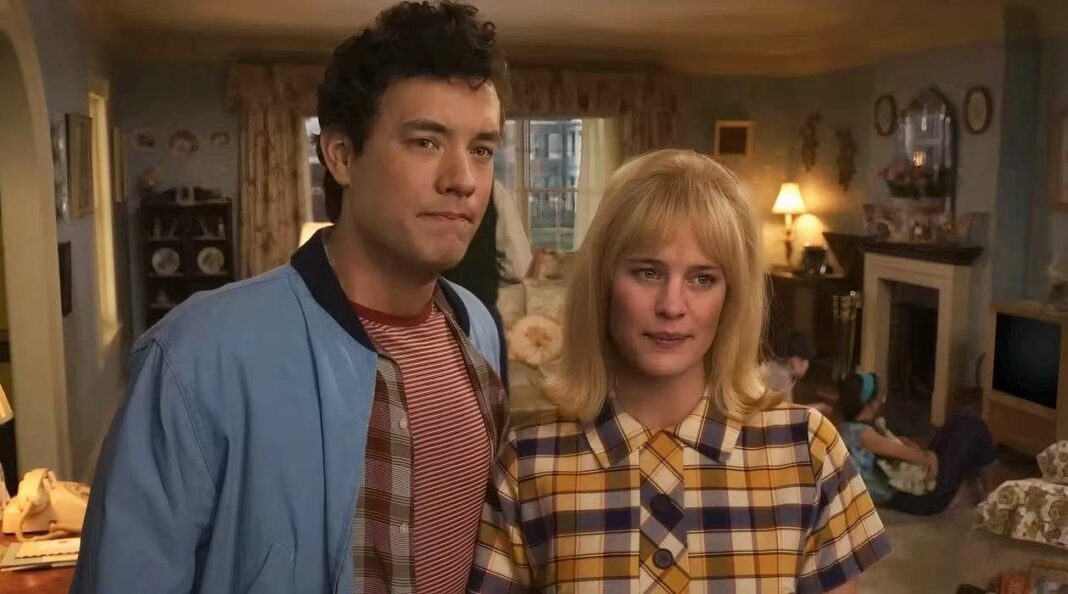“Juror No. 2,” directed by Clint Eastwood and starring Nicholas Hoult and Toni Collette, tells the gripping story of Justin, a soon-to-be father who discovers he might be the murderer in a high-profile trial. The film draws inspiration from the 1962 classic “The Seventh Juror,” yet diverges in character dynamics and conclusions, with Eastwood’s version emphasizing courtroom drama. Both films share a core premise, but explore it through distinct narratives and settings, including a notable 2007 television remake.
Juror No. 2: Clint Eastwood’s Latest Film
Currently captivating audiences in cinemas, “Juror No. 2” is the latest cinematic offering from the legendary Clint Eastwood, featuring the talents of Nicholas Hoult and Toni Collette. This gripping narrative follows the journey of Justin, a soon-to-be father who unexpectedly finds himself serving as a juror in a high-stakes murder trial. As the story unfolds, he comes to a shocking realization that he may indeed be the killer. Intriguingly, this premise resonates with a classic film from over six decades ago.
The Connection to The Seventh Juror
This storyline draws parallels to “The Seventh Juror,” a film directed by Georges Lautner in 1962, which starred Bernard Blier in a powerful lead role. The original film enjoyed significant success, attracting 1.1 million viewers and featuring a star-studded cast including Danièle Delorme, Francis Blanche, and Maurice Biraud. The plot, penned by Jacques Robert and based on a novel by Francis Didelot, centers around pharmacist Duval, who, after committing a heinous act against a young girl, finds himself in a morally complex situation when he is called to serve as a juror in the trial of an innocent man accused of the crime he committed.
In “Juror No. 2,” Justin’s journey takes a different turn. Tasked with judging the case of a young woman found dead, he grapples with the horrifying possibility that he is the murderer. This realization prompts him to navigate the murky waters of justice as he considers acquitting the accused. Written by Jonathan Abrams, this marks his inaugural screenplay in the Hollywood scene.
Key Differences Between the Two Films
Despite the shared premise, “Juror No. 2” and “The Seventh Juror” diverge notably, especially in their conclusions. In Lautner’s film, Duval ultimately confesses his guilt to the acquitted man, leading to a tragic turn of events that sees him confined to an asylum after the justice system fails to believe him. Conversely, in Eastwood’s film, the narrative indicates that the criminal feels he has escaped justice, only for the assistant prosecutor to arrive at his door, hinting at impending consequences.
While Duval is aware of his guilt from the onset of the trial, Justin’s realization unfolds during the proceedings, creating a distinct character dynamic, particularly in their relationships with their respective spouses. Moreover, Eastwood’s film leans more towards courtroom drama and deliberation, reminiscent of “12 Angry Men,” whereas Lautner’s version primarily unfolds within the courtroom walls. Ultimately, both films share a foundational concept but explore it through unique lenses.
In addition to its original release, “The Seventh Juror” was remade in 2007 for television, featuring Jean-Pierre Darroussin as the lead. This adaptation recontextualized the story within the backdrop of the Algerian War and themes of anti-Maghrebi racism, showcasing a chilling performance that left a lasting impression on viewers.
